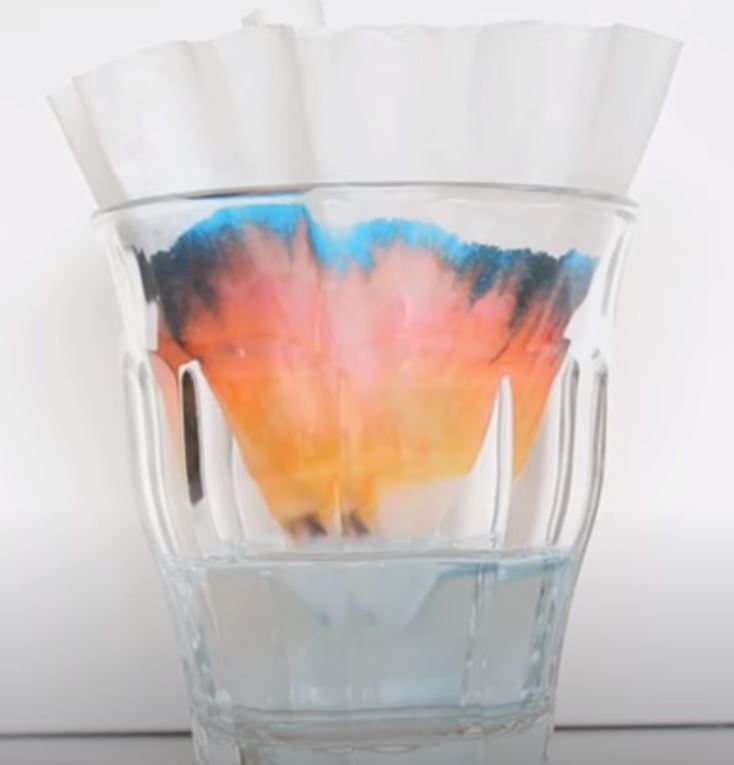Explore the world of colors in this week’s experiment on chromatography. Simple household supplies are all that’s needed. View the complete instructions, photos and video here.

Explore the world of colors in this week’s experiment on chromatography. Simple household supplies are all that’s needed. View the complete instructions, photos and video here.
